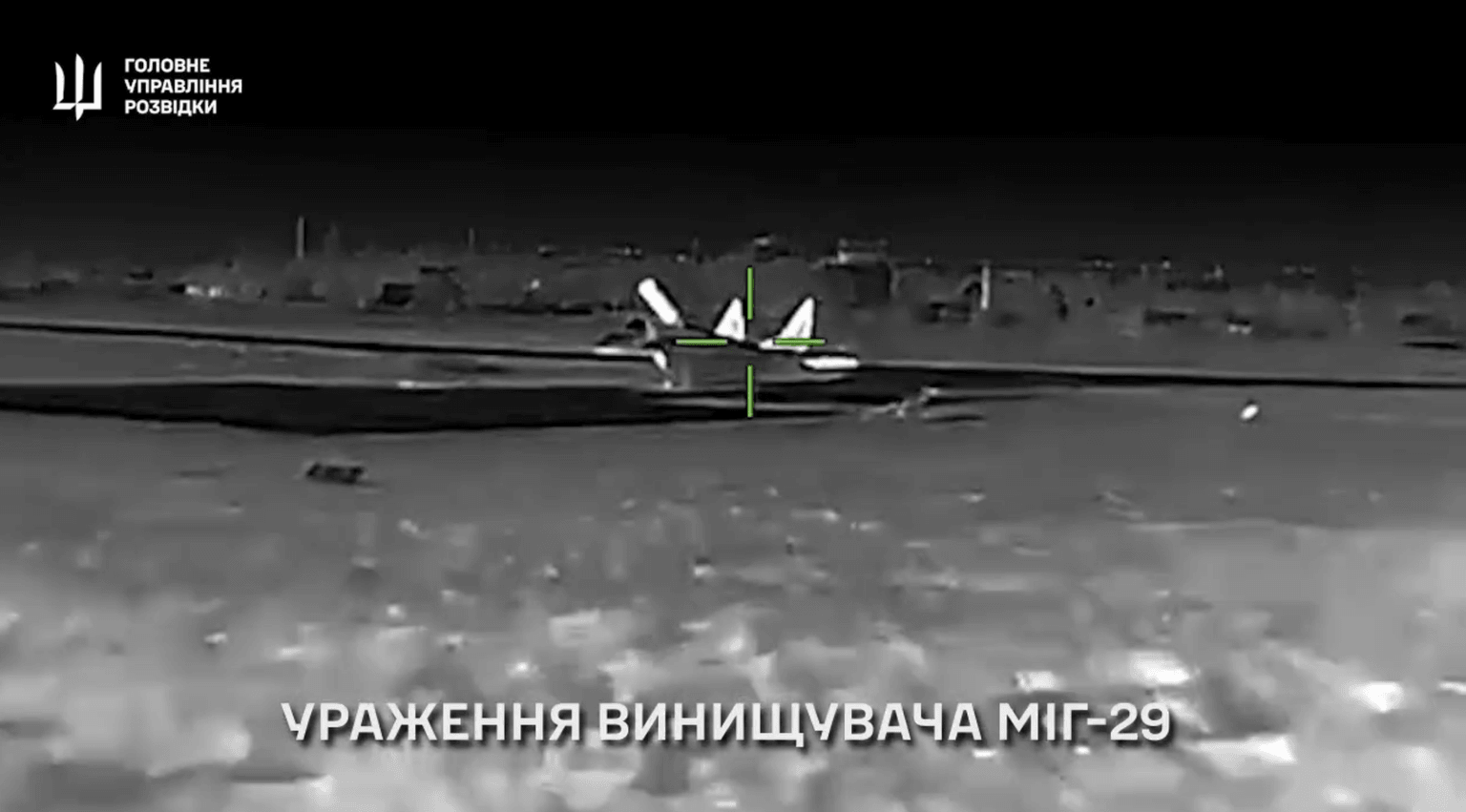NYT: US secretly sent Ukraine over 100 ATACMS last week

The U.S. secretly shipped over 100 long-range ATACMS missiles to Ukraine last week, some of which were immediately deployed and used to strike a Russian military airfield in Dzhankoi in occupied Crimea, the New York Times (NYT) reported on April 25.
Washington announced an aid package worth $300 million to Kyiv on March 12 while Congress debated further aid to Ukraine.
In February, U.S. President Joe Biden instructed his team to include the long-range ATACMS in the package, doing it in secrecy for security reasons and "to maintain the element of surprise for Ukraine," Reuters reported on April 24, citing an unnamed U.S. official.
The NYT, quoting another unnamed U.S. official, said it was these missiles that struck the airfield in Dzhankoi on April 17.
Ukraine's military intelligence on April 18 said that Ukrainian forces had destroyed four S-400 launchers, three radar stations, a command post for air defense operations, and air space surveillance equipment Fundament-M in the attack.

"These strikes proved — once again — that Ukraine can notch battlefield victories when given the right tools," Senator Roger Wicker of Mississippi, the senior Republican on the Armed Services Committee, said in a statement quoted by the NYT.
"Ukraine can put a target on every Russian asset in Crimea, including critical ammunition and fuel depots. Imagine if they had these missiles two years ago."
The U.S. first delivered mid-range older models of ATACMS missiles to Ukraine last fall, following months of deliberation. The older models have a range of 165 kilometers (roughly 100 miles).
Newer models of ATACMS have a maximum range of around 300 kilometers (around 190 miles), and their delivery to Ukraine was previously unknown to the public.
Kyiv has repeatedly pressed its Western allies for longer-range weapons, including the newer ATACMS, but partners hesitated about delivering arms that could potentially be used to strike within Russian territory.
The Pentagon also raised concerns that sending Ukraine the long-range missiles could damage the U.S.'s military readiness by depleting its own stockpiles, Reuters reported. The U.S. was able to address these concerns in January, leading to the ultimate decision to send them to Ukraine.
Russia's use of North Korean long-range ballistic missiles against Ukraine and attacks on Ukraine's critical infrastructure influenced Washington's decision to send Kyiv long-range missiles after all, Reuters reported.













